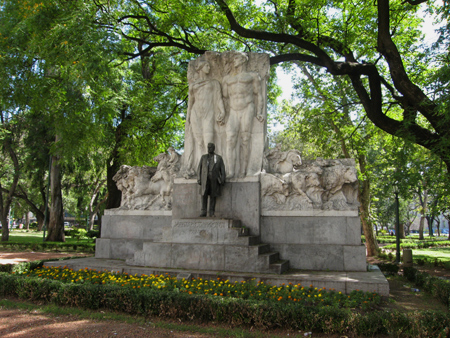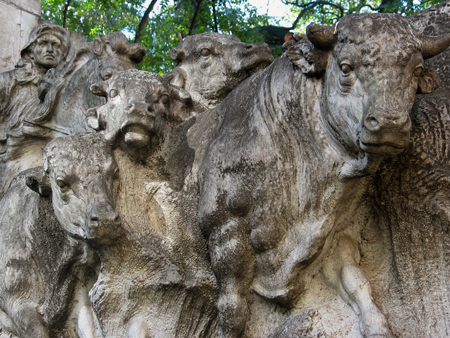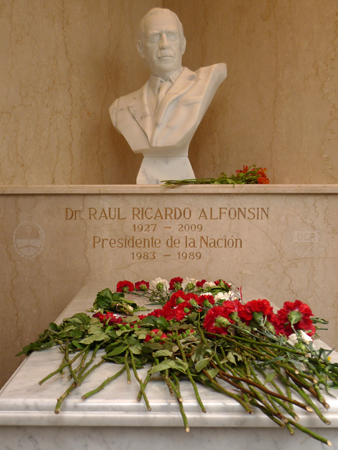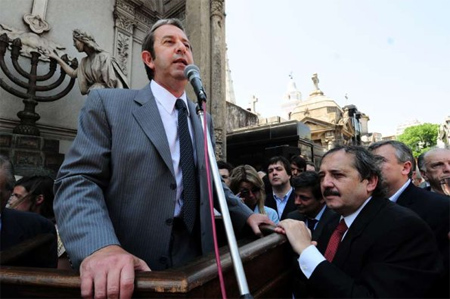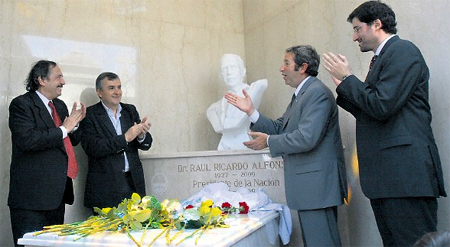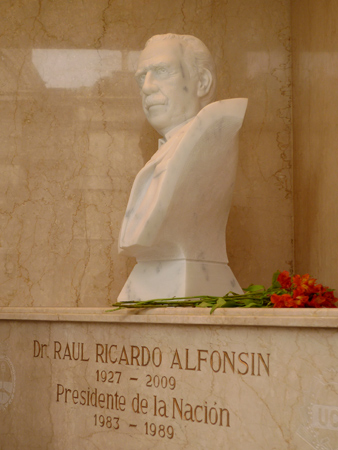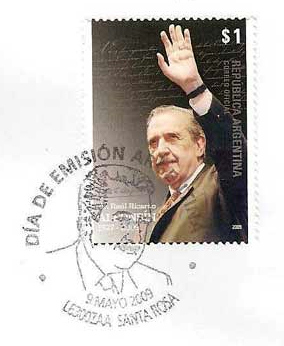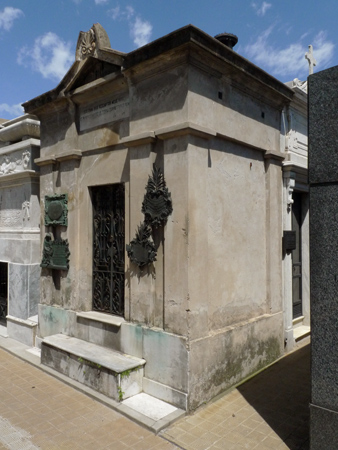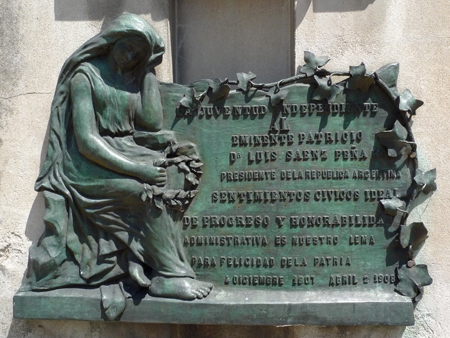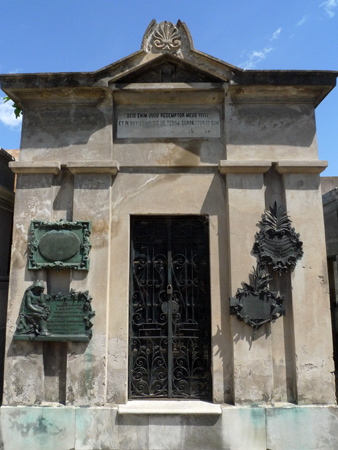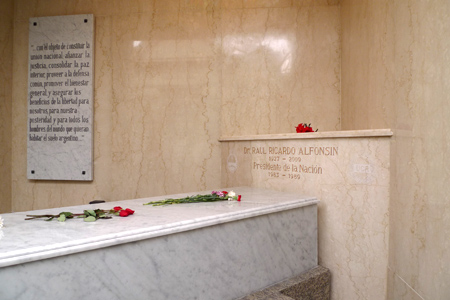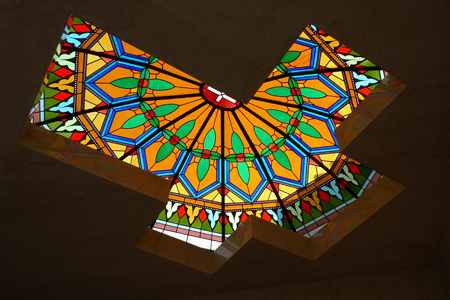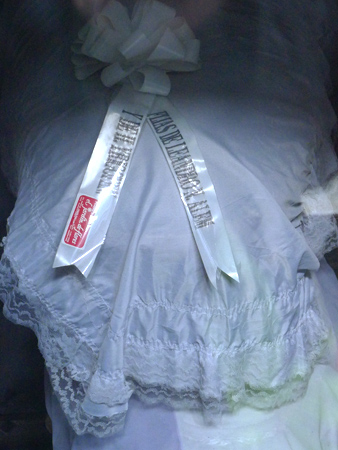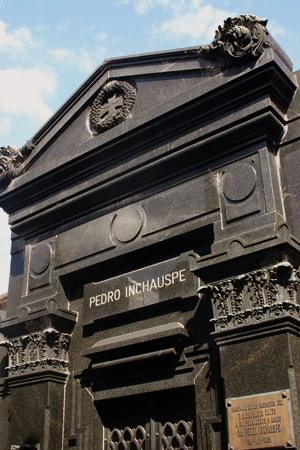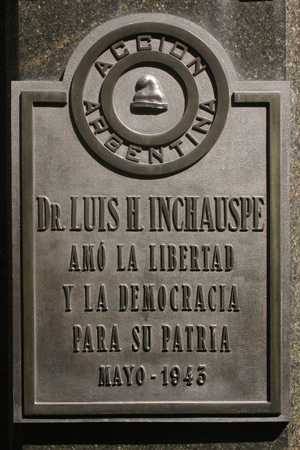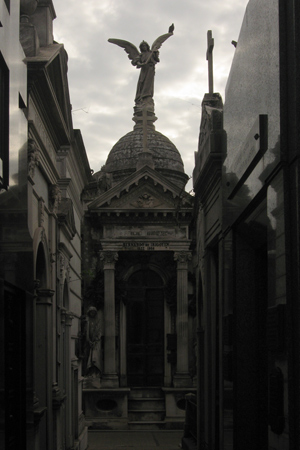
An important & influential politician of his time, Bernardo de Irigoyen is one of the many figures in Argentine history who have fallen from collective memory. Time to change that. Born in Buenos Aires in 1822, De Irigoyen supported Rosas & after completing a law degree was sent by “the Restorer” to negotiate border problems with Chile. Even Domingo Sarmiento, then exiled in Chile, admired De Irigoyen’s diplomatic skill.
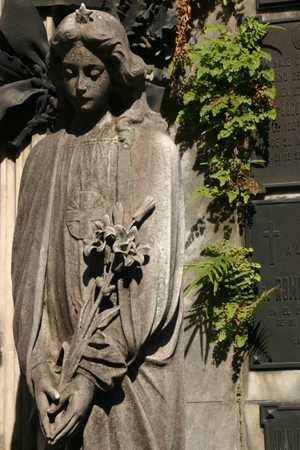
After returning to Buenos Aires, the Acuerdo de San Nicolás was a direct result of De Irigoyen’s negotiation ability, bringing provinces of the Confederation together and forming the basis for a later constitution… no matter if Buenos Aires rejected it 🙂 And even after Rosas left Argentina for good, the new regime valued De Irigoyen. He was head of the Treasury under Sarmiento’s presidency & Minister of Foreign Relations for both Avellaneda & Roca.
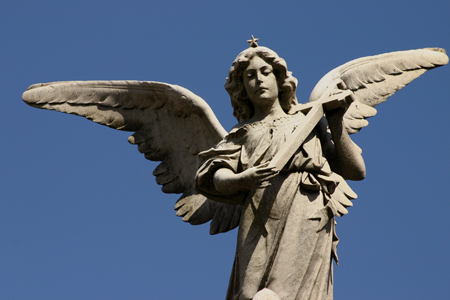
When De Irigoyen ran for President in 1886, Roca supported Miguel Juárez Celman instead of his former minister. Big mistake. The 1890 Revolution might not have happened had Roca supported De Irigoyen… an interesting what-if scenario. Defeated, De Irigoyen took a break from public life until the formation of the Unión Cívica political party. He served in a number of national & provincial positions until his death in 1906.
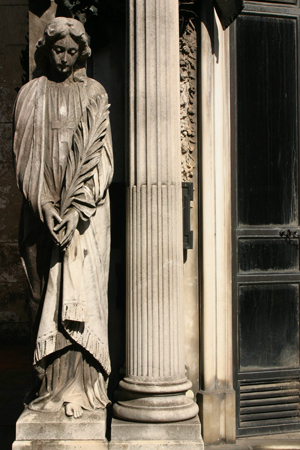
The family vault shows few signs of maintenance these days. For someone who dedicated his entire life to serving the nation, it’s amazing that this mausoleum is not listed as a National Historic Monument:
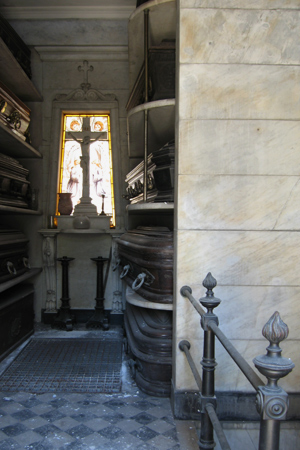
And besides a street name, the only memory of Bernardo de Irigoyen in Buenos Aires is an Art Deco statue in Plaza Rodríguez Peña:
